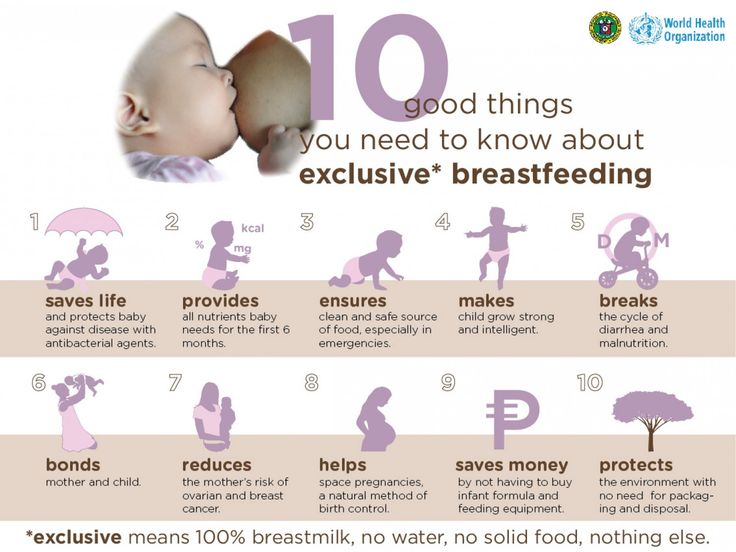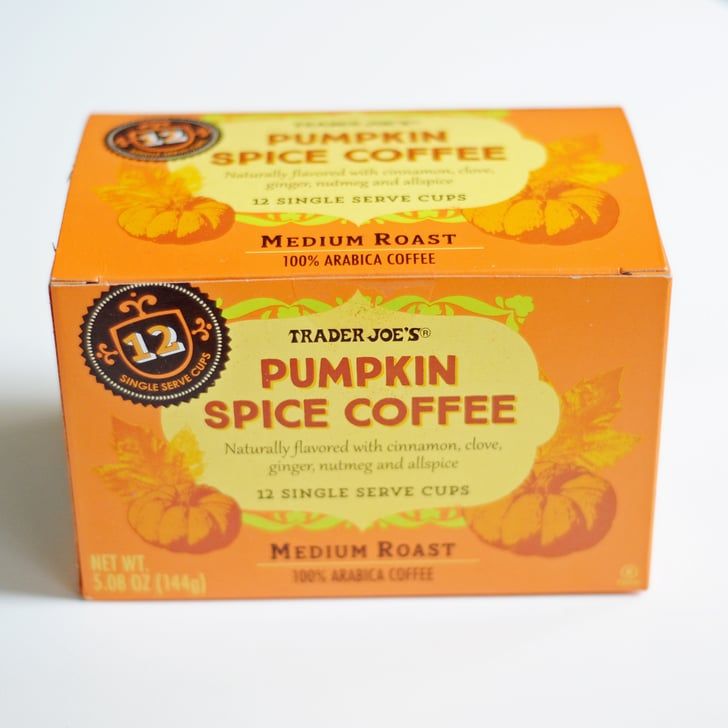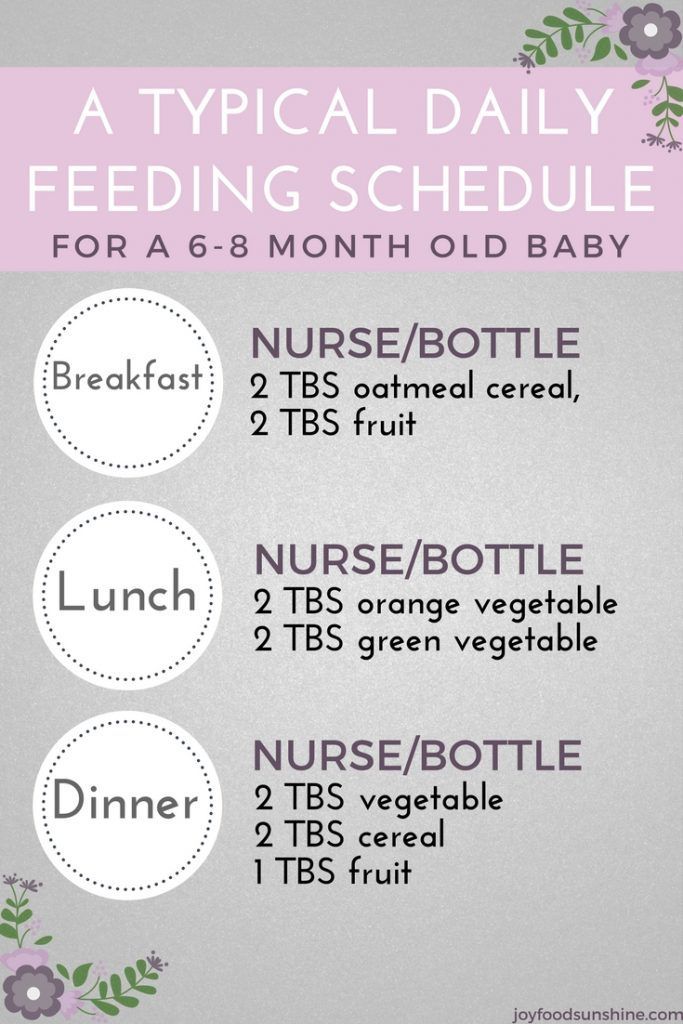Flying with homemade baby food
Practical Tips for Managing Baby Food While Traveling
Your baby is ready to start eating solid foods and you have a trip planned. While preparing for your trip you might be wondering what the best way to manage baby food when traveling abroad is.
The easiest way to feed baby solids on your holiday is by following the principles of baby led weaning. Even if this isn’t the route your family has chosen for introducing solids to your baby, with the right equipment and a little preparation, feeding your baby solids on the go is still quite manageable while traveling.
This post contains compensated links.
When to Introduce Solids to Your Baby
The most common age to introduce solids to a baby is around 6 months. Some babies might be ready or interested in food earlier or later than this, but this is a pretty typical age to start.
Breastfeeding or formula will still be the main source of food for your baby even once you start solids. It remains an important part of your baby’s diet right through to 12 months old (and further, if you choose to breastfeed for longer).
When traveling with a baby eating solids, you’ll want to ensure your baby is staying hydrated and continue to offer formula and breast milk on demand.
Also be prepared to see less as your baby is learning to eat solid foods. When you are feeding your baby solids on the go, you’ll be giving your baby food a couple times of day, so it will take up a larger portion of your sightseeing time.
How to Plan Travel Food for Babies
Planning baby food when traveling abroad will really depend on how you choose to introduce solids to your baby. For some, baby led weaning is the right choice and this means far less preparation. You can feed your baby finger foods right off your plate.
This works especially well for travel food for toddlers who are used to eating different foods.
For babies who are brand new to eating solids and just figuring out how to eat, it will take a little more preparation. When you start your baby on solids, you often will introduce one food at a time to rule out any allergies.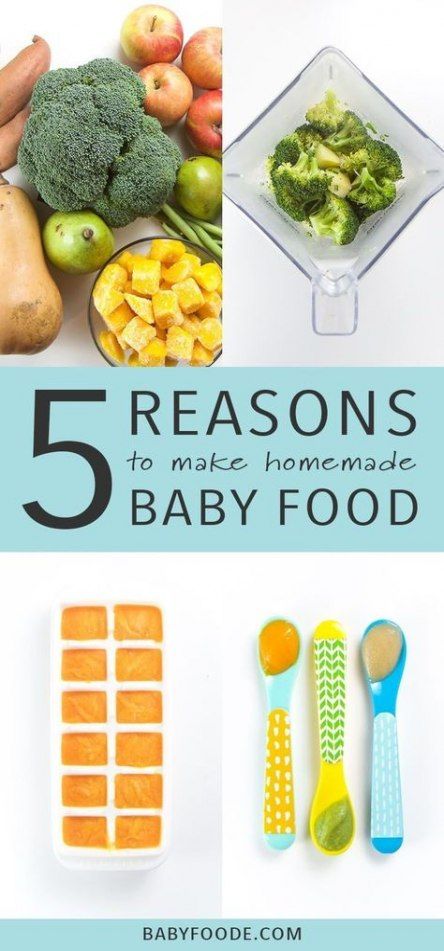
If you are still in this stage, you can plan to stick to those foods or cereals that your baby is already eating. You can easily prepare warm cereal using one of these baby travel food warmers.
If you aren’t doing baby led weaning, have a list of the foods your baby eats at home. For easy solid foods like bananas, avocados and bread, you can easily purchase those at your destination. For other traveling food for baby, like cereals or ready-made pouches, you can pack those in your luggage or your diaper bag backpack.
While you might want to prepare all homemade baby food for your baby, keep in mind that ready-made food is easier to travel with than homemade food and it will last longer.
If your baby isn’t quite into eating finger foods, you can keep making baby food while traveling by traveling with a hand crank food mill to grind up food for your baby.
This baby food timeline is a great reference of what your baby can eat at different ages.
6 Baby Travel Food Ideas
In our experience, our babies ate less solids when we were traveling. Perhaps due to the unfamiliar environment, the change in routine or less familiar foods. We still offered solid foods at each meal, but let our baby choose how much to eat.
Perhaps due to the unfamiliar environment, the change in routine or less familiar foods. We still offered solid foods at each meal, but let our baby choose how much to eat.
You might also find that your baby is drinking breast milk more or drinking more formula. This is a great way to ensure your baby stays hydrated while traveling.
As for creating travel baby food, here are some of our favorite foods to feed baby while traveling:
- Without question, some of our favorite baby travel food are easy to mash foods that don’t require cooking like bananas, mangoes, avocado, berries.
- Renting an Airbnb with a baby is a great way to get access to a kitchen. If you have access to a kitchen, you can cook soft vegetables (peas, carrots, sweet potatoes).
- Depending on your access to other foods, other great options for cooking baby food while traveling are scrambled eggs, tiny bits of chicken, shredded cheese, cooked pasta, toast strips.
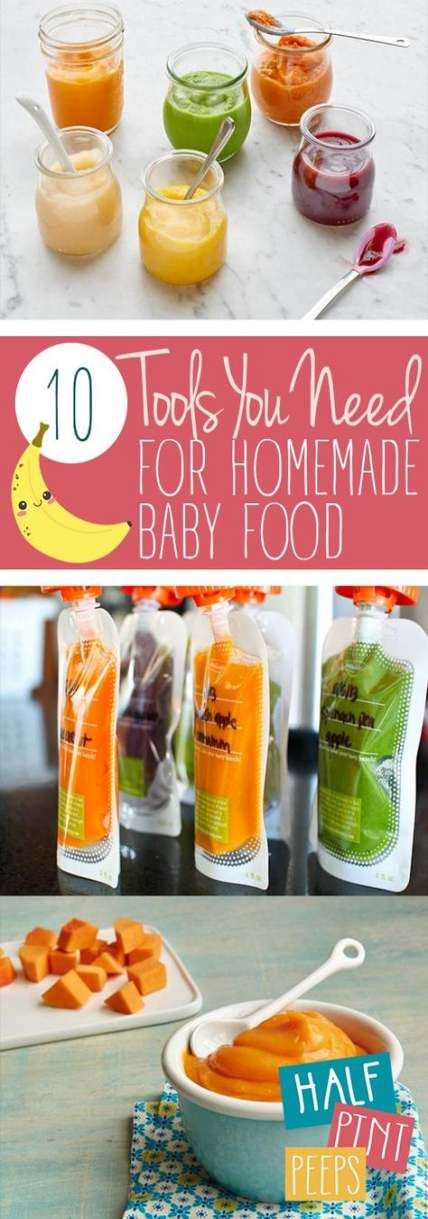
- For traveling with a baby that is very new to eating solids, you can bring single-grain cereals usually fortified with iron and mix it with formula, breast milk or water. We find mashing up a banana in these cereals is a fun and yummy baby food while traveling.
- If your baby is eating dairy, Greek yogurt is also another easy, nutritious and filling option for baby food while traveling.
- You’ll also want to have a plan for picky toddlers. We love these toddler breakfast ideas; the ‘no recipe’ ideas are perfect for traveling with a picky toddler.
In addition to having ideas for good baby food while traveling, do some research into your destination to determine if baby food is easily accessible. By way of example, this post on finding baby food in Japan discusses where to find baby food in a foreign country. If there’s any doubt, you can pack ready-made pouches as a back-up option to feed your baby while traveling.
For shorter trips or road trips with a baby, you can travel with homemade baby food by packing a cooler with frozen purees to feed your baby on your trip.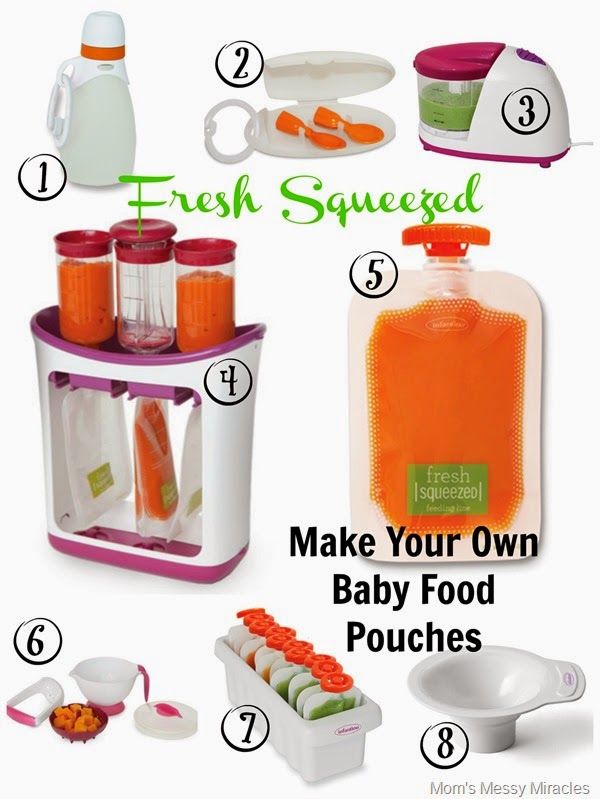
13 Tips for Feeding Baby Solids While Traveling
Travel with baby food and the preparation of travel food for babies can feel overwhelming. It might not seem like it’s worth traveling with a baby at this stage of your baby’s development.
However, if you go into with the right expectations and a little preparation, we are certain you will find traveling with a baby eating solids to be just as enjoyable as any other time.
Here are our best tips for feeding your baby solids on vacation:
1. Bring a Travel High Chair
Be prepared with one of these best portable travel high chairs. Even if you are traveling in a country where high chairs are readily available, a travel high chair will be a life saver for feeding your baby in the hotel room or Airbnb apartment.
2. Prepare for the Mess
You’ll be astounded at how messy babies can be when eating solid foods. Most of the food will have one destination and that will be the floor. In a hotel room, you can put towels or a sheet around where your baby is eating.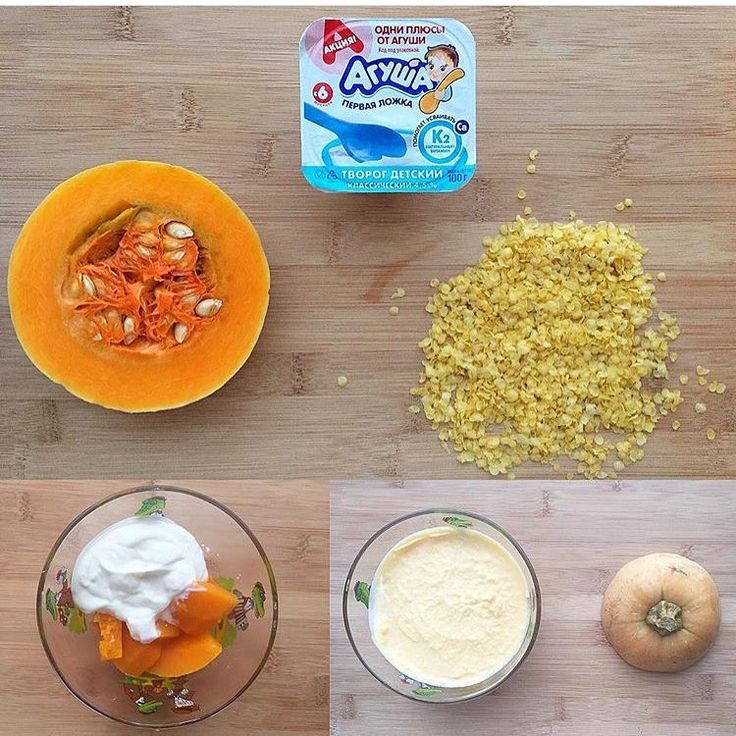
We traveled with a plastic table cloth many times and enjoyed how quick and easy clean ups were. It was also useful travel gear for feeding our baby or toddler in a park while out.
When you eat at restaurants with a baby, don’t forget to tip your server a little extra for the inevitable mess you are going to leave behind.
3. Bring Baby Food Equipment
Bring any baby food preparation equipment that will make preparing baby food while traveling easier. Or for older babies, get them used to eating finger foods that you can serve off your plate. We also packed a reusable placemat that allowed us to put the finger foods down directly in front of our baby or toddler.
4. Bring Baby Food Containers for Travel
Bring along snack cups for travel or freezer bags so you aren’t constantly trying to find new food to feed your baby.
5. Know Baby Foods That Work
Prepare a list of baby travel foods that you know your baby will love and eat while you travel.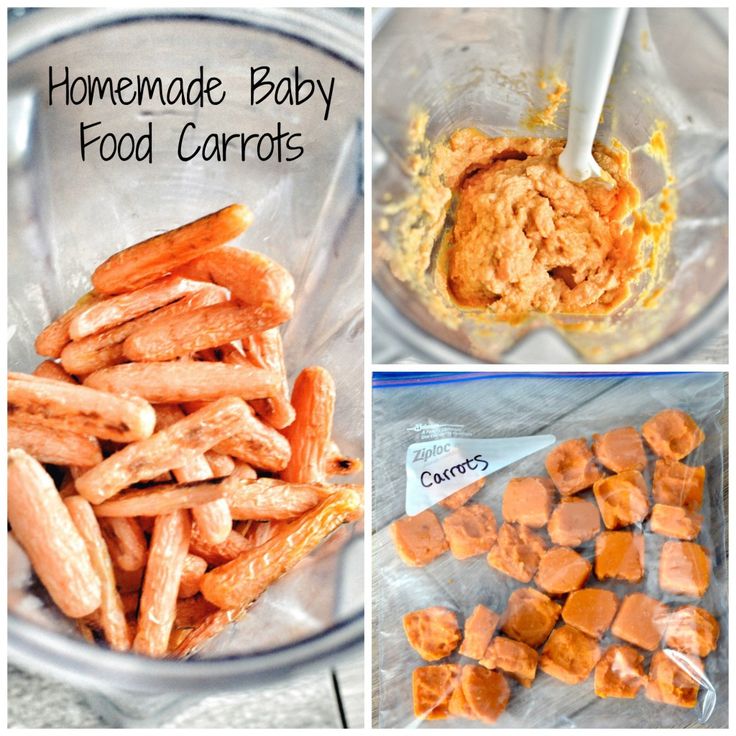
6. Manage Without a Kitchen
If you don’t have access to a kitchen, going to a buffet restaurant or deli-style counters are a great way to get some steamed vegetables that you can mash for your baby. Another idea to easily get healthy vegetables for your aby while traveling is to order steamed vegetables as a side dish in a restaurant, then mash them up and feed to your baby.
7. Start New Baby Foods at Home
To expand the list of baby foods you can use while traveling, it’s best to try new baby foods at home. Be sure to space the new foods a few days apart so you can rule out any allergies.
8. Bring Baby Food to the Restaurant
If you are unsure of what food your baby will eat at the restaurant, don’t be afraid to bring your own baby food to restaurants.
9. Keep Your Baby Hydrated
Most importantly, while traveling keep your baby hydrated by offering breast milk or formula. Even if your baby is eating less solid food than at home, you’ll know your baby is still getting the important nutrients they need.
10. Follow Baby Food Safety
Make sure you have access to a fridge for any leftover baby food. Feed your baby out of a separate container to avoid any germs contaminating your leftovers. Bring a small cooler if you plan to bring food out with you for the day.
11. Feed Solids on the Go with a Stroller
Once your baby or toddler has been eating solids for some time, you can save some time baby feeding solids on the go if you travel with a stroller. We would feed very small pieces of fruit using the stroller snack tray while we walked. Don’t worry, if your stroller doesn’t have a snack tray, you can find these stroller accessories to add to your stroller.
Take extra precautions to watch your toddler to make sure she isn’t putting too much in her mouth and avoid any foods that may be at risk of choking. Baby food pouches are a great option in this instance.
12. Keep it Simple Feeding Baby on Flights
For flying with baby food, we recommend keeping it simple. Pack some premade baby food for on the plane and don’t forget some snacks for your baby or toddler.
Pack some premade baby food for on the plane and don’t forget some snacks for your baby or toddler.
You’ll also want to breastfeed or have bottles ready to help with your baby’s ears when flying with a baby.
See also: Breastfeeding on a Plane
13. Buy Fresh Produce Upon Arrival
Countries typically have pretty strict rules about bringing food (especially produce) across international borders. You’ll have the easiest time by traveling with prepackaged food and make sure to declare it. If you are worried, then make sure to finish all your baby food on the plane.
What to Pack for Travel with a Baby Eating Solids
Wondering what to pack for preparing baby travel food? Here are our recommended products for feeding your baby solids on vacation. We’ve included travel baby food containers, baby food preparation equipment and even some ready made food and snacks to pack.
SHOP ALL DIRECTLY ON AMAZON
Find all these and more in our convenient Feeding Baby Solids on Holiday shopping list on Amazon.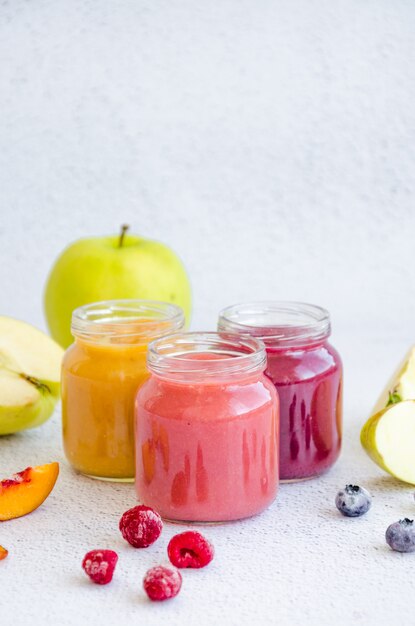
Frequently Asked Questions about Travel Food for Babies
How to prepare baby food while traveling?
If you have access to a kitchen, you can cook fresh steamed vegetables or fruits to mash up for your baby. Without a kitchen, cereals or foods that don’t require cooking will be easier to prepare for your baby.
How do you travel with baby puree?
The easiest way to travel with baby puree is by using ready-made puree in jars or pouches. Alternatively, you can travel with your own homemade baby puree. Keep your homemade baby food cool by bringing it in a cooler with a gel or ice packs.
What can I feed my 1 year old when traveling?
Finger foods are the easiest to feed a 1 year old when traveling. Get your toddler used to eating finger foods off your plate. We like using a reusable place mat to offer food to our toddler when traveling.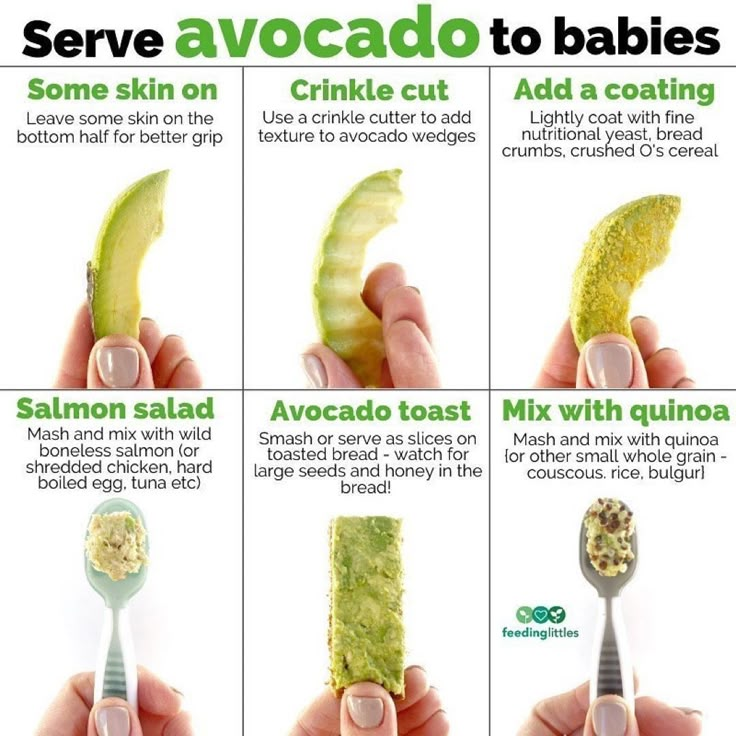
Can you take puree baby food on a plane?
Yes, you can bring baby food on a plane, including puree baby food. Whether it’s ready-made pouches or homemade food, just be prepared to present it to the security officer when going through airport security with your baby.
How much baby food can I carry on a plane?
If you are flying with a baby or toddler who is under two years of age, you can bring baby food, formula, milk, water and juice in reasonable quantities that you would need during the flight. Unfortunately, the “reasonable quantities” isn’t further defined, but it is exempt from the 3.4 oz or 100 milliliter restriction.
Additionally, you may bring gel or ice packs to keep your baby food cool on your flight.
Here’s more info on taking baby food on the plane:
Baby Food & Airport Security – Canada
TSA & Baby Food
Can you take water on a plane for baby?
You can take water on a plane for baby, in reasonable amounts that you would need during your flights with your baby.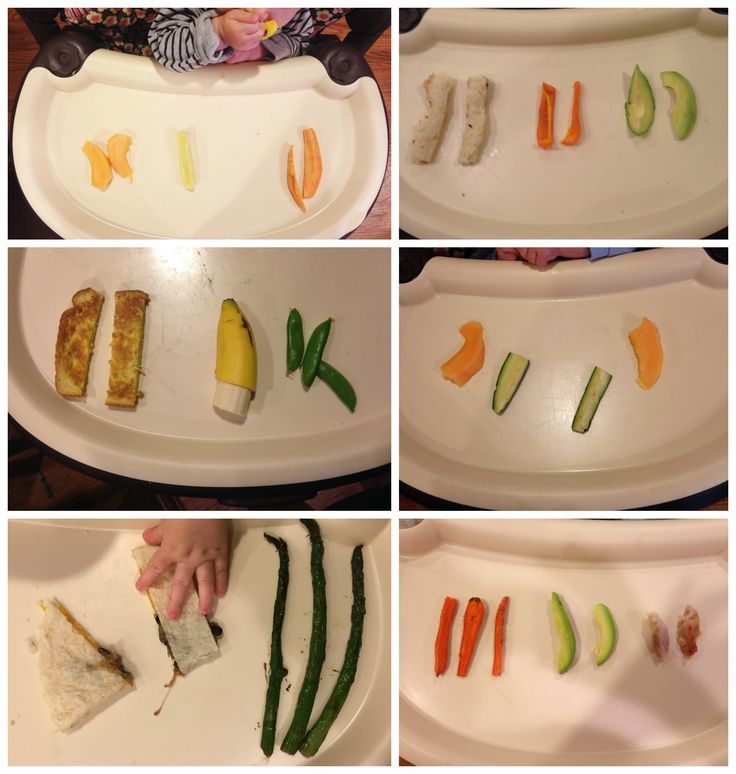 Make sure you present it to the screening officer at inspection.
Make sure you present it to the screening officer at inspection.
Can you pack baby food in checked luggage?
Yes, you can pack baby food in your checked luggage. Prepackaged baby food is the easiest to travel with, just make sure it’s well protected in your luggage and you declare it as required at customs.
Can you take baby snacks through airport security?
Yes, you can take food for your baby through airport security. All baby food, drinks, water, milk and formula need to be presented to the security officer.
Here’s more info on taking solid baby food through airport security in Canada.
What’s the best way to handle baby food and airport security?
When going through TSA with baby food, always present all liquids and baby food to the screening officer. The TSA will want to inspect baby food pouches and any other food or liquids you are bringing on the plane for your baby.
Here’s more information on the TSA & Baby food.
Can you take baby food on international flights?
You can take baby food on international flights. For any fresh produce or other foods that you shouldn’t be crossing international borders with, make sure to finish it before you get off the plane.
Can you take baby food through customs?
You should declare ALL food that you are bringing through customs, as required by the country that you are entering. This includes any homemade or ready-made baby travel food in your carry-on or checked luggage.
Shop all our recommended products on Amazon
Worried about what you might feed your baby while away from home? This post from Top Reveal has an excellent list of 21 Best Easy as 1-2-3 DIY Baby Food Recipes. I especially like the Avocado and Banana Mix since this can easily be done with just a fork!
Pin It For Later!
TRAVELING WITH BABY FOOD • IDEAS • PACKING TIPS & RULES
Sharing is caring!
- Share
- Tweet
Traveling with a baby who is weaning does need some forward planning, especially if you are flying with a baby and can’t pop out to the shops to purchase some baby food, or whip up a meal in your kitchen.
Traveling with baby food means also considering delays and how to keep food cool or heat it up. This post answers lots of popular questions about travelling with baby food, provides tips and ideas to make it easier for you and provides suggestions of easy baby food that travels well.
CAN I BRING BABY FOOD ON PLANES?
Table of Contents - Click to jump to a section
Yes, you can bring baby food on planes. If it is in your hand luggage and it is for your baby on the flight, then it is NOT subject to the 100ml/3-1-1 liquid rule set by individual countries. This includes water, breast milk, powdered milk, baby food pouches and jars. TSA state, “Baby food is allowed in reasonable quantities in carry-on bags. Remove these items from your carry-on bag to be screened separately from the rest of your belongings.”
(If any liquid is for you, unless medically approved then it IS subject to the liquid rules if it is in your hand luggage.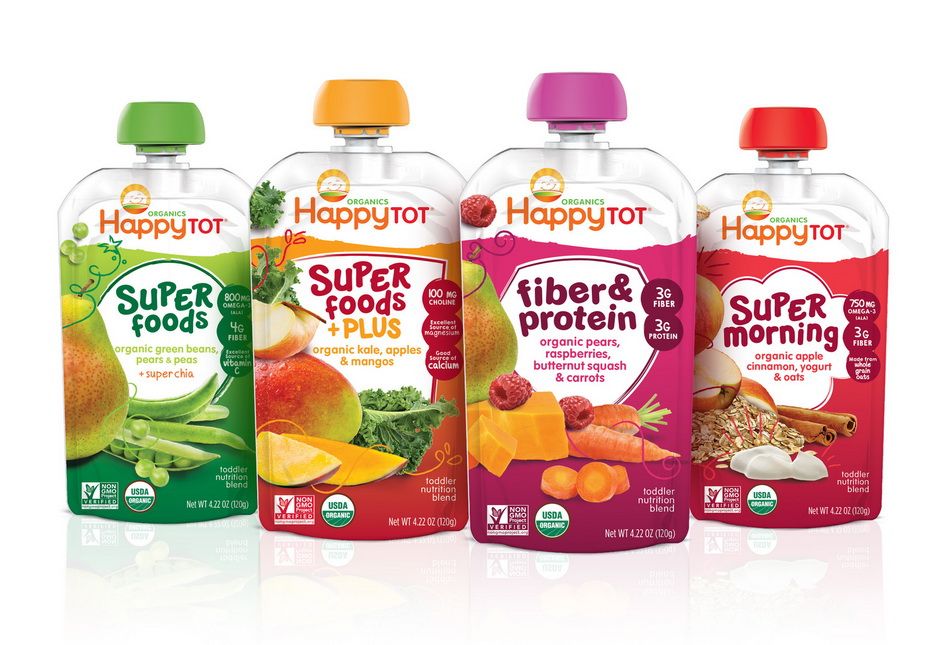 )
)
The TSA also state the below if you are traveling from a USA airport. However, these rules are NOT applicable worldwide, so do check the airport rules in the country you are flying from before you travel as some are very different – particularly with the allowance of ice packs and/or traveling with frozen breast milk!
Formula, breast milk, juice in quantities greater than 3.4 ounces or 100 milliliters are allowed in carry-on baggage and do not need to fit within a quart-sized bag. Remove these items from your carry-on bag to be screened separately from the rest of your belongings. You do not need to travel with your child to bring breast milk.
Ice packs, freezer packs, frozen gel packs and other accessories required to cool formula, breast milk and juice are allowed in carry-on. If these accessories are partially frozen or slushy, they are subject to the same screening as described above. You may also bring gel or liquid-filled teethers, canned, jarred and processed baby food in carry-on baggage.These items may be subject to additional screening.
While there are restrictions on the liquids you can take on a plane, they do not apply to food or milk for your baby. All airlines do permit baby food and milk to be brought onboard the plane. If you cannot find specific information on your airlines website, then you will usually find it on your departing airports website in the security section as exemptions to the 3-1-1/100ml liquid rule. Most airports/airlines stipulate ‘reasonable quantity’ or ‘enough for the journey’.
Airline provided baby meals and child meals
Some airlines provide (on request only, at least 24 hours in advance ) special meals for babies and children. For babies under two this is usually pureed baby food. You cannot request anything else for this age. For children over two, you can request a children’s meal. For children under two, you should always make sure you have enough food and drink for them.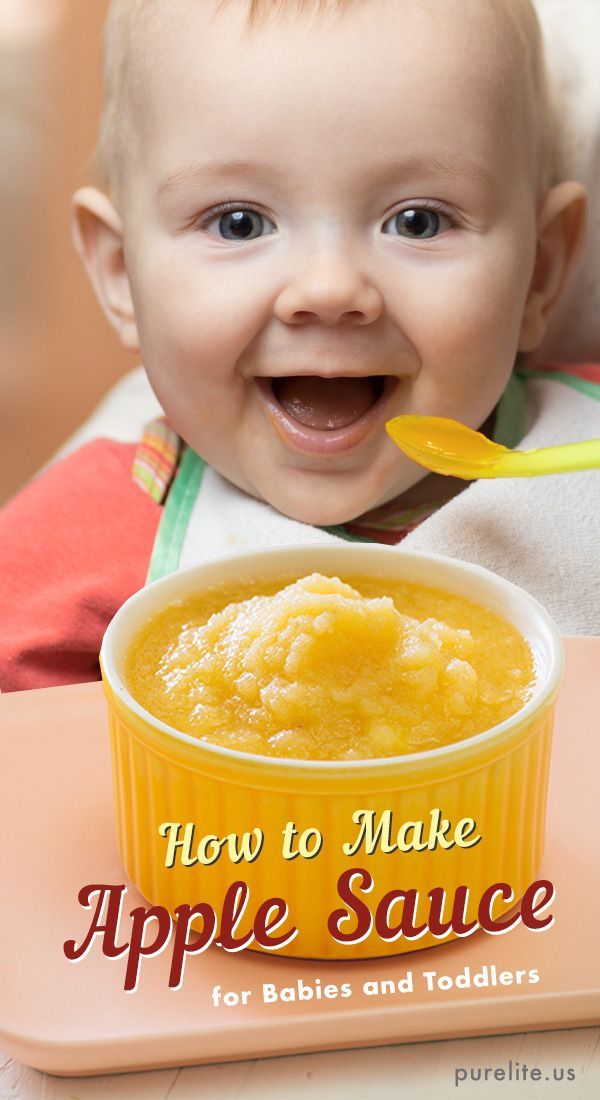
Baby food and travel snack ideas
If you need to bring some of your own travel snacks or food for your baby, some easy ideas include:
TRAVEL FOOD FOR BABIES
BEST TRAVEL SNACKS FOR TODDLERS AND BABY LED WEANING
The great thing with the baby travel food and toddler travel snacks below, is that the majority is minimal mess (if there is such a thing with BLW!) and incredibly easy to organise for travel.
- Raisins – or other dried fruit
- Cheese crackers
- Fruit squeeze pouch – apple is usually a popular one.
- Blueberries
- Toast strips/soldiers – Cut into strips and spread a little butter on.
- Cooked pasta – Convenient for snacks on the go or as a full meal. Once up in the air, ask a flight attendant for a cup of hot water and you can warm it up. Add cheese or fresh vegetables!
- Mini sausages – make easy finger food for older kids.

- Rice cakes
- Homemade muffins – Choose a baby friendly recipe with no honey and no added sugar besides fruit. You can freeze muffins and pull from the freezer anytime you need in a hurry.
- Bananas
- Granola bars
- Satsumas
- Cucumber and carrot sticks
- Roasted Veggies
- Thawed peas (from frozen) – Just take directly from your freezer and pack and go! They will need a short time to defrost to be ready to eat but the coldness will help keep everything else fresh too.
- Tofu strips – Pan fry tofu 1-2 minutes each side, then cool and pack.
- Bread sticks
- Porridge pots
- Cereal hoops
- Cheese – you can grate or shred it into fine pieces before you fo for baby to easily grab.
- Pancakes (with 3 ingredients) 1 ripe banana, 2 eggs, 1/12 teaspoons of coconut oil mixed together and cooked on a frying pan/skillet on a low heat.
 Once cooled they are ready to go.
Once cooled they are ready to go.
Anything that is fresh, remember to leave on the aircraft or check the countries customs laws. For example, fresh food of any kind is NOT allowed into Australia or New Zealand.
FOODS TO AVOID
Avoid candy, lollies and chocolate etc as a hyper kid on the plane is zero fun! The only exception is for older kids (when the choking risk is low) with a lollipop for top of descent – in case they find the ear pressure uncomfortable.
Some airlines may announce that food containing nuts cannot be consumed due to a passenger with an extreme allergy, so do not bring them just in case you can not use. Obvious no gos include whole grapes, jelly cubes, marshmallows or anything that could bloke an airway or large chunks which could be a choking hazard.
Remember many food products must be declared in certain countries. Always look at the customs card and if in doubt, bin it or declare it. I’ve always declared baby powder formula, even opened and have been allowed it.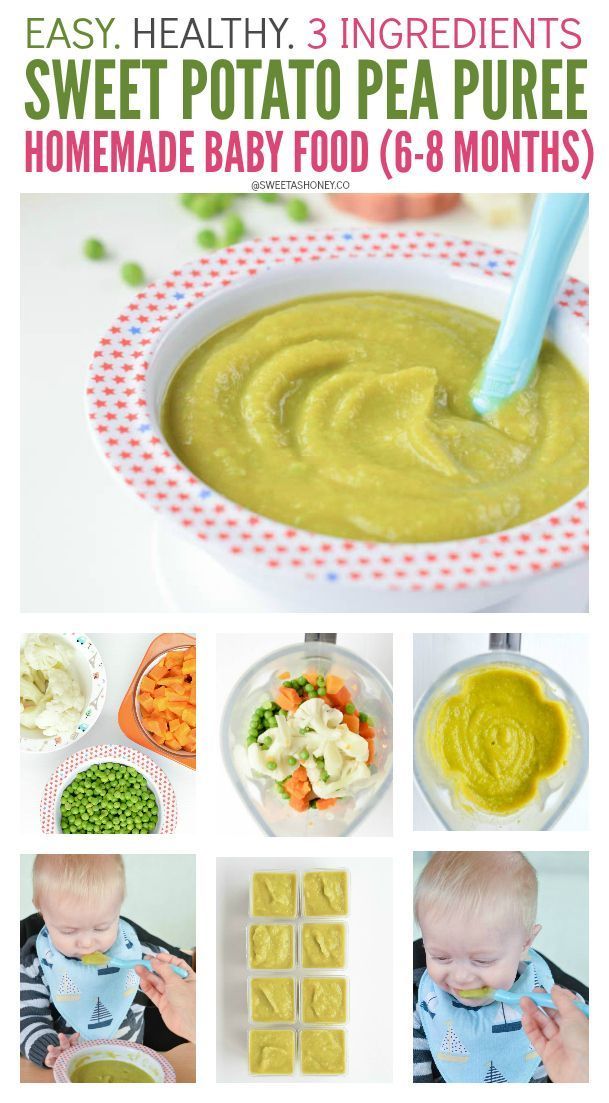 Countries like Australia will not let you bring any fresh produce in. Please check the latest customs laws.
Countries like Australia will not let you bring any fresh produce in. Please check the latest customs laws.
PACKING FOOD FOR TRAVEL
Before you decide on the types of food for traveling, you will need to consider a few things:
- How are you traveling?
- Is there any cold storage available?
- Can you easily get ice?
- Have you enough food to cover delays?
- What space do you have available in your case?
- Always pack more than you think you’ll need. Kids’ love to snack when on the go!
- Do you need portable travel blender for weaning babies or to make smoothies?
HOW TO KEEP FOOD COOL & HOW TO PACK BABY FOOD FOR TRAVEL
To keep the food fresh in my hand luggage, I take frozen gel packs from home AND empty Ziploc bags. Be aware some countries security laws may not accept icepacks/coolpacks/ gel packs to keep the food cool through security. Check at the check in counter if they are allowed and if you are caught out, pack the frozen gel packs in your suitcase and then use your Ziplocs to fill with ice from a cafe once airside and again from the crew onboard the plane.
(If you are traveling within the USA or from the USA the TSA rules for baby food DO permit cool-packs and gel pack use in your hand luggage. They will also permit frozen food. The UK will also allow frozen gel packs to keep baby food cool only)
If I am unable to use a frozen gel ice pack in my hand luggage, I always pack a couple extra in my main suitcase – that way they can be frozen at my destination and be used on day trips from the hotel to keep food cool.
An insulated food bag can then be used to place everything in for your baby. Travel food is then ready to go!
BEST TRAVEL FOOD CONTAINERS FOR BABIES AND TODDLERS
When flying with baby food or baby milk, it’s always best to first check airport security rules first for the types of travel baby food containers you can use – as they can differ. Where some airports will allow flasks, others won’t and some do prefer clear containers for transporting breast milk. eg at London Heathrow, “At London Heathrow Baby food or baby milk: breast milk can be carried in the cabin; when it is stored in a clear, transparent container or bag. Flasks cannot be permitted.”
Flasks cannot be permitted.”
When you are packing travel food, especially homemade baby food, it’s harder to get replacements, so to avoid tears and tantrums, never put all of one type of food in once container, but spread it out over two, just in case of an accidental spillage. If your baby is doing baby lead weaning (BLW), or you have a toddler, it’s definitely easier to give them just a small amount at a time. For older children, Bento Boxes work well as you can pack a selection of items and keep it all in one place. Here are some of the best travel food containers for babies, toddlers and older kids.
Bento Boxes: You can buy great ‘bento’ style organizer boxes which can hold a variety of travel snacks for older children. These basic stackable Bento Boxes are affordable and fit about 1/2 a cups worth of food in each section.
Snack Catchers: Munchkin snack catchers are great to stop toddler and older baby spills on the go. They will get plenty of use whether you are on a long road trip with kids, an outing to the park or on a flight.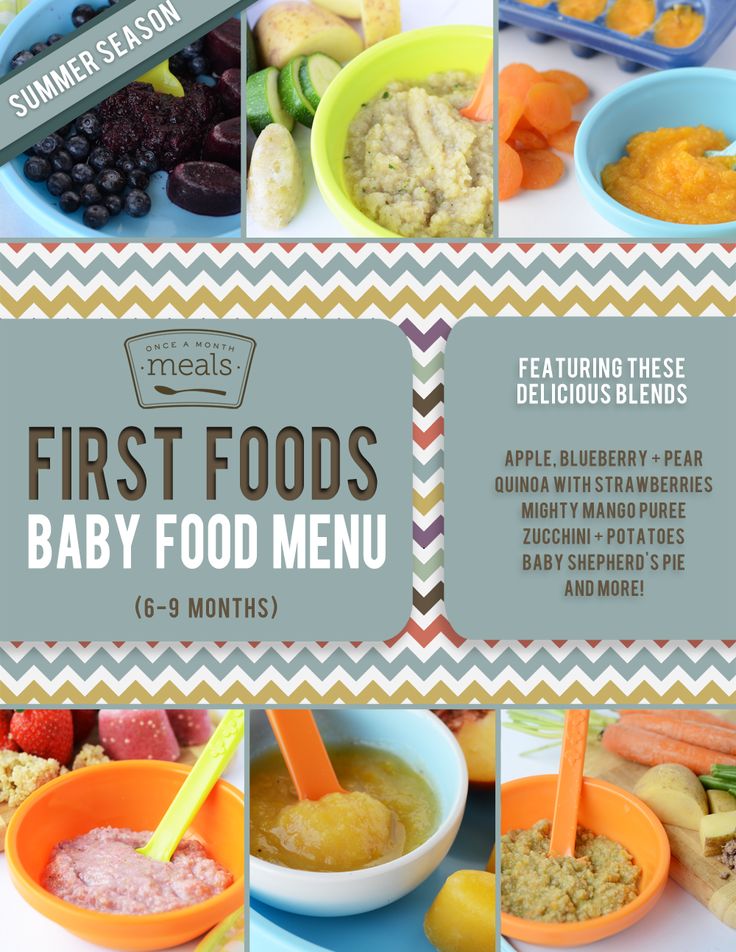
Collapsible Snack Containers: Collapsible snack containers are great for travel for obvious reasons, they save space!
Reusable Pouches: If you make your own baby food or want to fill with yoghurt, smoothies etc, these re-usable pouches are perfect for traveling with baby food.
HOW TO PREPARE BABY FOOD WHILE TRAVELLING?Preparing baby food while traveling is not as cumbersome as you may think. Whether you are on a road trip with a baby or need to whip up something homemade in your hotel room, you can use things from home to help. Hotels and restaurants are often used to such requests and will help, but if they are busy or where you are staying doesn’t have round-the clock room service, then bringing a small portable rechargeable blender can be a lifesaver to puree some veggies and fruit quickly. If you don’t want to pack a portable blender, then whole foods like bananas, ripe pears, mangoes or avocados can be mashed up immediately wherever you are to make instant baby food while travelling.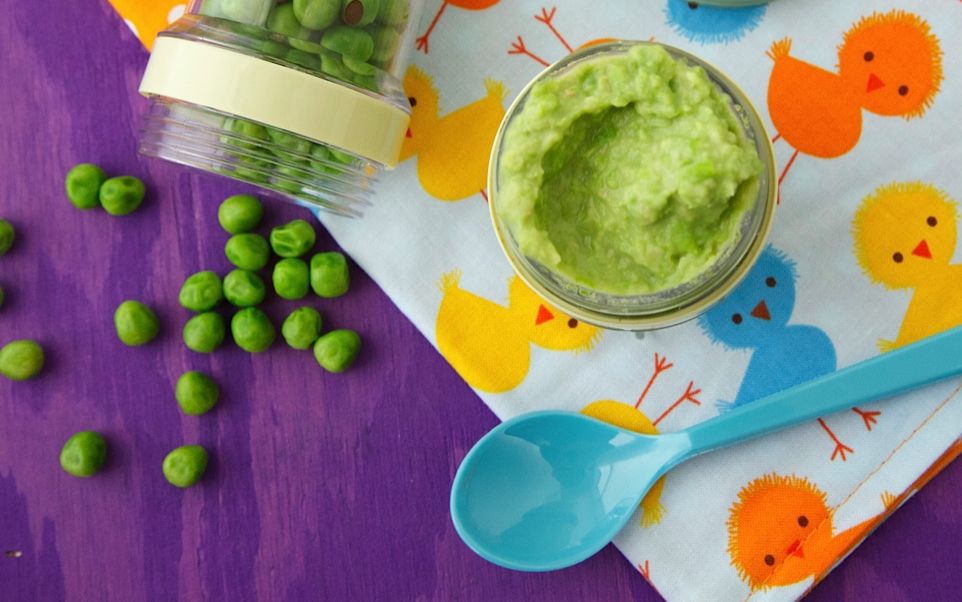
Once out about food can be kept warm in an insulated food jar or thermos which is great if you are for a day trip or excursion. If flying, check first as not all airport security will allow flasks.
OTHER USEFUL ITEMS FOR TRAVELING WITH BABY ON THE GO
- Bibs – a wipe clean bib is ideal for on the go.
- Baby Wipes/Washcloths
- Travel Booster Seat
Safety Tips When Feeding On The Go
- Do be mindful of choking as you would at home. It is harder to feed in an airplane seat, but try and keep a good view of babies face whilst you are feeding them. If they can sit in someone elses lap, this can help. Wherever you are, keep them sitting upright whilst eating.
If you have enjoyed this post and found it useful, here are some ways you can say thanks and support Flying With A Baby
1. Click here to buy me a virtual coffee (thank you so much!)
2.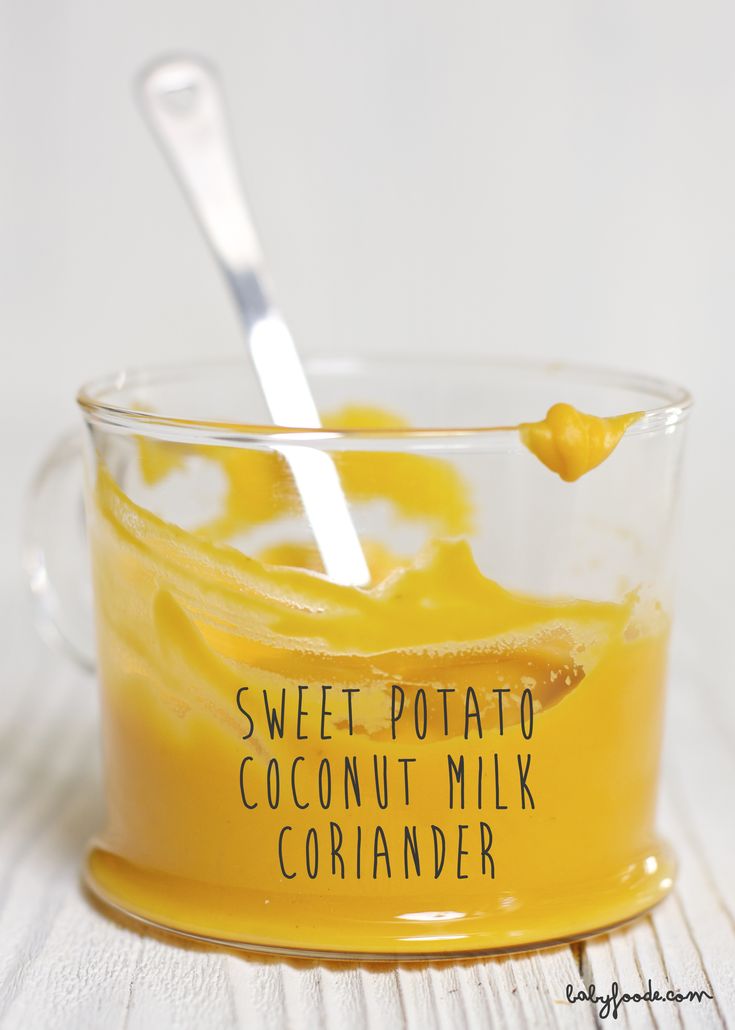 Join our Family Travel Forum: TRAVEL WITH KIDS WORLDWIDE Facebook Group here which includes lots of ideas & tips for things to do, places to visit around the globe and more with input from members who live or visit these places regularly.
Join our Family Travel Forum: TRAVEL WITH KIDS WORLDWIDE Facebook Group here which includes lots of ideas & tips for things to do, places to visit around the globe and more with input from members who live or visit these places regularly.
3. Click here to sign up for the latest family travel tips, guides and competitions.
3. Share this post with your friends.
4. Follow Flying With A Baby on the following platforms for exclusive content :
Thank you for your support as always.
Sharing is caring!
- Share
- Tweet
Baby food on board, or how not to leave a child hungry on an airplane
Many families indulge in the pleasure of traveling with their children. If you are going to fly on a plane with a small child, you need to properly prepare for the flight, because the baby needs regular and nutritious meals.
The question often arises: is it possible to take baby food on the plane, will it be taken away during the pre-flight inspection, is the menu offered by airlines suitable for a child? nine0003
Our article will tell you how to get ready for the journey so that your child is not hungry on the plane.
Contents
- What can I take on the plane?
- How much food should I take?
- Weight of hand luggage
- Children's menu on board
- How to transport canned food and drinks?
What can I take from baby food on a plane?
nine0003First of all, let's determine that is allowed to take baby food in hand luggage.
It is necessary to prepare food for the child if you have transfers and a long journey from the airport to your destination, as well as if you are flying on a low-cost airline (low-cost) airline. So, for a child, you can take:
- baby food jars, drinks, milk formula;
- suitable snack foods: fresh and dried fruits, nuts, crackers, corn sticks; nine0014
- basic food (needed while waiting for a transfer or when flying with a low-cost airline): it is advisable to take such food that the child is used to and which is convenient to eat in "marching" conditions, without cutlery;
- sour-milk drinks or products (it is important for children to get such food when the climate changes).
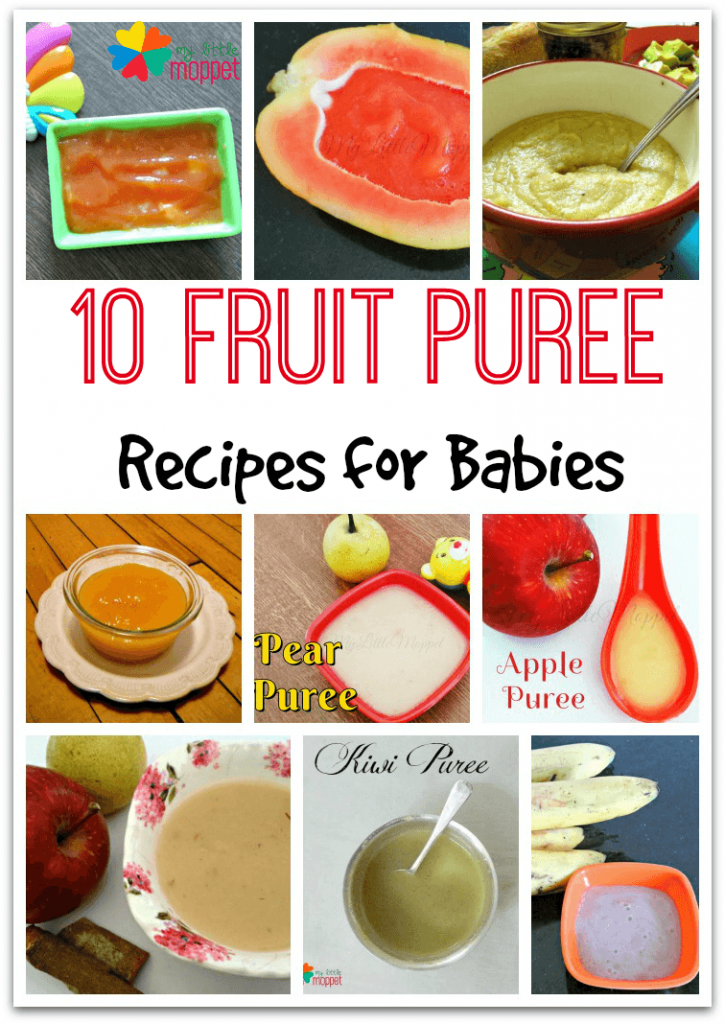
When planning to take food with you, calculate the amount based on the fact that airlines also offer baby food (see below). nine0003
Perishable products must be carried in a cooler bag. However, we remind you that for the safety of air travel , most of the items are checked in before boarding the plane in baggage .
What if you need to take baby food with you not only for the duration of the flight, but also for the entire holiday?
If food is in a cardboard or metal package, then it will not be damaged in luggage, but if you have to carry mashed potatoes in glass jars or sour-milk products that need to be stored in the refrigerator, then it is clear that you cannot check them in luggage - fragile packaging can simply break . nine0003
You will most likely be asked to pack the food jars separately and hand them in at the front desk. They will not be transported in the baggage compartment, but directly in the cabin, and you will be given them before leaving the aircraft.
How much baby food should I take with me?
The need to carry a large supply of jars with you (for the entire holiday period) may arise if the baby has allergies and other food simply does not suit him, or if you go, for example, to resorts Egypt or Thailand , whose hotels are often remote from supermarkets and it will be difficult to quickly purchase baby food.
In this case, we recommend that you call the carrier in advance and consult about the possibility of carrying a certain amount of food in the cabin, in addition to hand luggage.
Usually, in such a situation, the airlines meet halfway and do not refuse the request.
If you are planning a vacation in European resorts (for example, at Austria, Germany, Bulgaria and others) or your vacation is associated with visiting large cities ( Vienna, Munich, Prague and others), then you should not worry about the supply of baby food: you can buy it at any time in a nearby supermarket or pharmacy.
What additional questions should I ask the air carrier during travel planning before arriving at the airport?
How much hand luggage can I take on a plane?
nine0003The weight of carry-on luggage varies between companies. Usually it ranges from 5 to 10 kg per person. When flying in business class, hand luggage can carry much more weight than in economy class.
If you are flying on a low-cost airline, you should definitely find out from the carrier whether hand luggage is included in the ticket price - some budget companies take separate, very significant money for carrying hand luggage.
Traveling with a child by plane:
What are the best places on the plane to choose if you are flying with children
The good news is that many major Russian carriers offer this service for free, regardless of flight class.
Children's menus can be ordered free of charge on all long-haul flights of the German airline Lufthansa and on some European flights when booking tickets, or by calling the Lufthansa Service Center no later than 24 hours before the departure of your aircraft.
The airline's children's menu is designed by renowned chef Stefan Marquard. Food for children is a topic close to the heart of this master, who is the author of a children's cookbook. With his out-of-the-ordinary ideas and fun recipes, he excelled in creating dishes that were both healthy and appealing to children. nine0003
On the other hand, there is a limited amount of baby food for babies under 2 years of age on board each Austrian Airlines flight . Pre-order is not necessary - just ask the flight attendants.
Ukrainian airline UIA also offers meals for children (from 2 to 10 years old) on its flights, the need for which must be provided at least 50 hours before the scheduled flight departure. This service has recently been paid, the children's menu will cost parents 8 euros. nine0003
Aeroflot and Rossiya have baby food and baby food (soft chewable food for children from 2 years old and portioned milk and baby food in assortment (Aeroflot) or puree in jars (“Russia”) for children under 2 years old
Special meals must be ordered no later than 36 hours before departure One important nuance: ordering special meals on Aeroflot flights in Economy class is available on flights over 3 hours, in JSC Rossiya Airlines it is possible in Economy class on flights lasting more than 4 hours, in Business class - on flights lasting more than 1 hour.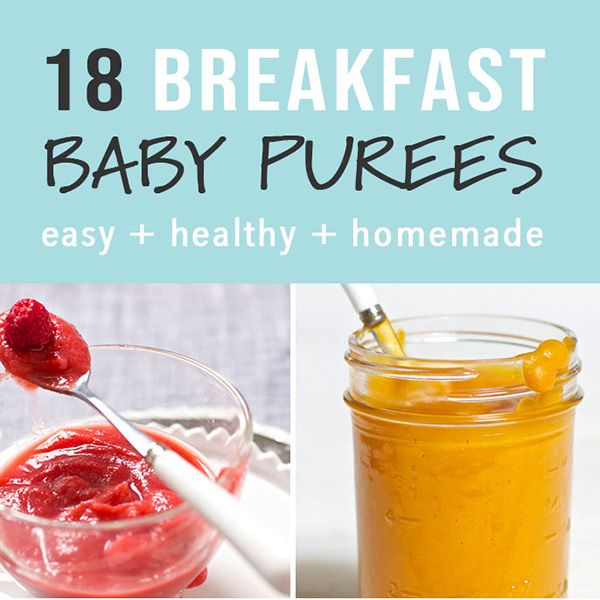
Ural Airlines is ready to provide baby food if ordered at least 24 hours before departure. You should check with the carrier directly about what offers for baby food international companies have.
The Turkish airline Turkish Airlines also always takes care of its young passengers. A set of baby food is served in a colorful design with a toy. Usually the menu includes a salad, a second course (potatoes and meatballs), sweet pudding. Drinks to choose from: tea, ayran, juices, water. nine0003
You can make an order for special meals (any) in advance, at least 24 hours before the departure of your flight, by phone at the call center or the nearest office of the airline.
For reference. Nutrition codes: infant (for children under two years old) - BBML, children's (for children from two years old) - CHML.
How to transport canned food and baby drinks?
The rules for conducting a pre-flight screening in force in the Russian Federation contain a list of items that are allowed to be carried in hand luggage subject to special requirements. nine0003
nine0003
This list includes: mercury medical thermometer, liquids in containers up to 100 ml with a total volume of up to 1 liter (they must be packed in a separate transparent plastic bag), medicines, special dietary needs, baby food, including mother's milk, in the amount required for the entire duration of the flight.
In order to avoid a conflict at the airport during the screening over the number of jars of baby food required for the flight, it is advisable to agree on the procedure for their transportation in advance. nine0003
We also recommend purchasing special baby water to avoid disputes about whether it is liquid or baby food.
In conclusion, I would like to note that sometimes airlines publish on their websites far from the entire list of services that they provide to passengers with children.
Don't be afraid to call the carrier's representative to find out everything you need to know and what extra help you can get if you're traveling with a child. Use this simple "key", and then the journey will be a joy to you. nine0003
Recommended: Do I want to fly, or Flying a child without parents
Now that you are armed with all the necessary information about baby food on board, you can safely move on to searching for the most suitable flights and booking air tickets. And of course, if you go on holiday with a child, do not forget to take out travel insurance .
It is not expensive, it takes almost no time for registration. But on the other hand, it will save you from unnecessary troubles while traveling, if God forbid something happens to the child. How to choose and what to look for when buying insurance you will learn from our Special Article . Happy travels to you and your children!
On a plane with a child: simple tips for parents
As a rule, the fastest way to get to a place of rest with a child is by plane.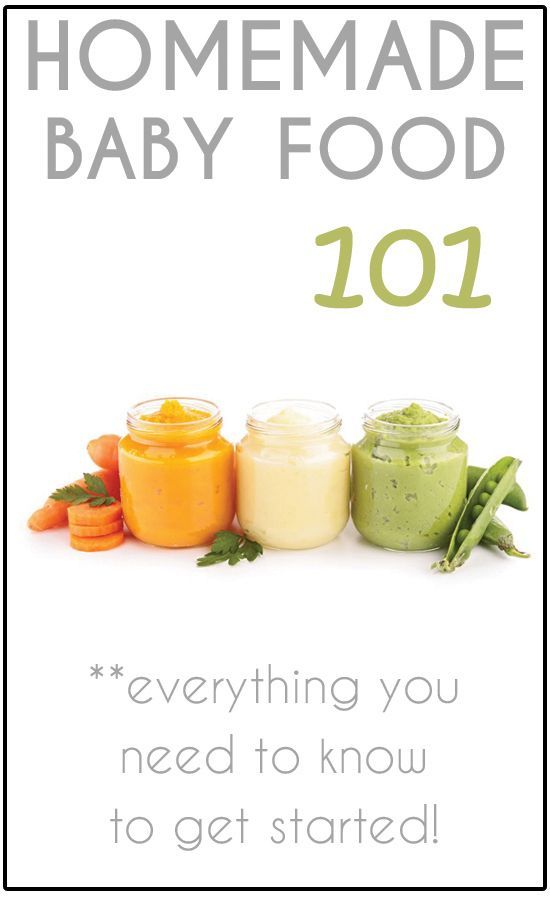 This process, taking into account the check-in of luggage, passing through passport control, waiting, taking off and landing, sitting in one place for a long time, is also tiring for an adult. What can we say about small children - for them, due to their age, physical characteristics and dependence on a clear daily routine, such a trip can be a very difficult test. nine0168
This process, taking into account the check-in of luggage, passing through passport control, waiting, taking off and landing, sitting in one place for a long time, is also tiring for an adult. What can we say about small children - for them, due to their age, physical characteristics and dependence on a clear daily routine, such a trip can be a very difficult test. nine0168
Experienced travelers know a number of simple secrets that will help parents enjoy traveling with a child of any age.
Causes of children's whims
One of the main causes of children's crying and nervousness on the road is the severe discomfort that babies suffer during takeoff and landing. The fact is that in young children the vestibular apparatus is still not sufficiently formed - up to 5 years, the passage connecting the nasal cavity with the ear, scientifically speaking, the Eustachian tube, is not yet physiologically developed. Therefore, children in flight do not just lay their ears, they really hurt. Remember that it is especially unpleasant for both children and adults when traveling by air if they set off on the road with a runny nose. Such passengers are advised to thoroughly clean their sinuses before takeoff and landing, to carry a cold remedy to avoid the risk of otitis media later. nine0092
Remember that it is especially unpleasant for both children and adults when traveling by air if they set off on the road with a runny nose. Such passengers are advised to thoroughly clean their sinuses before takeoff and landing, to carry a cold remedy to avoid the risk of otitis media later. nine0092
Another serious reason for the whims of the child is the day regimen disturbed due to the flight, when the usual hours of eating, daytime and nighttime sleep are interrupted. This is especially noticeable during late departures: the baby should already be asleep, but forced to stay awake. In this case, sedatives can be used to help the child fall asleep in an unusual environment, of course, you must first consult with a pediatrician.
How to make traveling easier for your child
You can help a small passenger endure unpleasant moments during a flight, for example, by dropping a vasoconstrictor drug suitable for age into his nose before takeoff and landing - there will be less ears to lay. Do not forget to get information about drops suitable for this from a pediatrician in advance.
Do not forget to get information about drops suitable for this from a pediatrician in advance.
You can also use "folk" methods. One of the time-tested techniques is to teach a child how to properly blow his nose and make swallowing movements in the form of an entertaining game to get rid of stuffy ears. Both infants and those who are older are encouraged to drink water or juice in small sips. Also, an older child can be offered a lollipop or candy, or during takeoff and landing, quietly imitate buzzing sounds with him in order to master the technique of proper breathing during pressure drops. nine0003
If the baby learns to breathe properly during takeoff and landing, this will help both from stuffy ears and from nausea. By the way, experts recommend not to overfeed the child before the road, then he will be less sick. Grab something sour with you - apples, hard candies or gummies, sour also helps to cope with nausea.
Two proven means also help to avoid children's whims on the plane: firstly, parents are advised to remain patient and calm and remember that children take an example from adults, "catch" their mood, so they easily copy adult nervousness. Secondly, you need to be able to divert the attention of the child, switch it to something positive and interesting. We advise you to take your baby’s favorite toy with you (just make sure that it doesn’t turn out to be an annoying “beep”, the neighbors won’t thank you for it), stock up on a flight with a device for watching cartoons, a book, games. A number of airlines prudently give their young passengers special kits for creativity before take-off, where there is a felt-tip pen, paper for drawing or coloring. nine0003
Secondly, you need to be able to divert the attention of the child, switch it to something positive and interesting. We advise you to take your baby’s favorite toy with you (just make sure that it doesn’t turn out to be an annoying “beep”, the neighbors won’t thank you for it), stock up on a flight with a device for watching cartoons, a book, games. A number of airlines prudently give their young passengers special kits for creativity before take-off, where there is a felt-tip pen, paper for drawing or coloring. nine0003
As for children's "equipment", of course, it is worth stocking up on wipes - wet and dry, for babies, grab a few diapers and diapers. An adult traveling with a child will not hurt to take a change of T-shirt on the plane just in case.
Airline information: tickets for children, check-in and luggage
A small passenger, regardless of age, is entitled to an air ticket. In this case, two age categories of children are distinguished: up to 2 years old - infant (INF code) and from 2 to 12 years old - child (CHD code).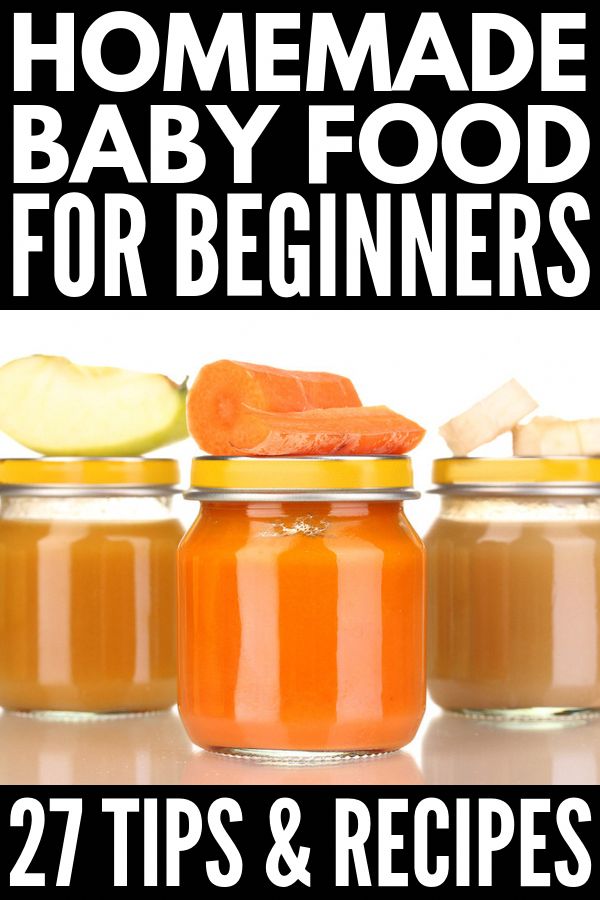 Depending on these categories, parents receive discounts on the full price of the ticket. Usually for an infant, the discount is 90% without providing a separate seat. For a child who is between 2 and 12 years old, the ticket is usually issued with a 50% discount on the full fare.
Depending on these categories, parents receive discounts on the full price of the ticket. Usually for an infant, the discount is 90% without providing a separate seat. For a child who is between 2 and 12 years old, the ticket is usually issued with a 50% discount on the full fare.
Travelers with children are advised to arrive early for registration in order to have time to reserve the most convenient seats. If your child is very young, you will need a special carrycot for the flight. You can order it in advance from the airline or ask the flight attendants already on the plane.
Keep in mind: when taking off and landing, as well as when entering the turbulence zone, the child must be held in your arms. As a rule, the cradle is designed for children weighing from 8 to 12 kg, check this information with the airline before the flight. nine0003
Baby food can be taken into the cabin without restrictions: it is not subject to the rule regarding the amount of liquids carried on board.


